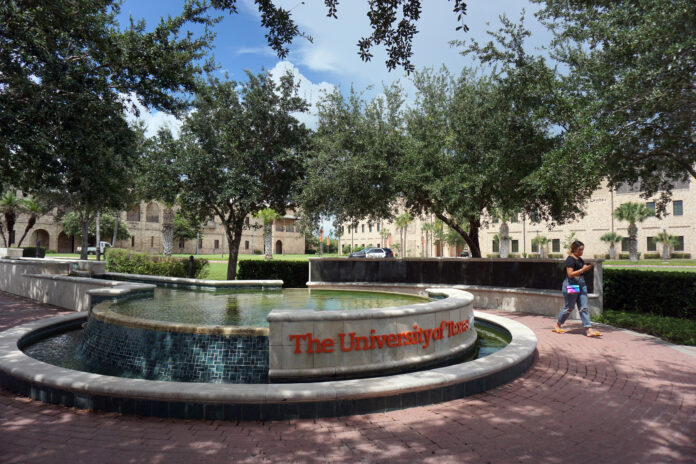Football season, and the return of fan-filled stadiums after COVID-19 restrictions were lifted, understandably ignite passions among fans of the sport, including those who want to bring intercollegiate football to the Rio Grande Valley. So it’s no surprise that officials at the University of Texas Rio Grande Valley are stepping up efforts to gauge the public support that is needed for a successful program.
At the urging of university administrators, the UTRGV Student Government Association earlier this month agreed to schedule a student referendum Nov. 8-10 on a proposal to add student service fees of $11.25 per credit hour to support athletics and related programs.
The fees would be capped at 12 credit hours, or $135 maximum per student each semester. Assessment would begin in 2022 and not affect students in the guaranteed tuition an fees program.
To date, university officials have been cautious and reasonable in steering resources toward the primary needs of an institution that was formed in 2013. Although it was created through the merger of the UT campuses in Brownsville an Edinburg, expansion and new development has required new classrooms and other facilities, especially the medical school and related clinics. Still, University President Guy Bailey and others have long expressed their desire to bring college football to the Valley.
The fees aren’t solely for football. The referendum also would create a marching band to support this and other university teams and activities. Surely such a band would immediately become a major feature at local parades, fairs and other community events.
A women’s swimming and diving program also would be created, to meet federal law that requires equal opportunities for both men’s and women’s programs. That team will hold local meets at the new natatorium the university shares with the Pharr-San Juan-Alamo school district.
Their wish got a boost when the Western Athletic Conference, of which UTRGV is a member, announced in January that it is adding Division 1 football to its list of NCAA sanctioned sports.
Of course, student support alone can’t keep a football program from becoming a major drain on university resources; alumni and community support also are needed. The outlook there is hopeful; the stands at local high school football games show strong alumni presence, and that devotion could expand to university alumni. Athletic Director Chasse Conque notes that 80% of UTRGV graduates stay in the Valley, and the university’s strong profile in the community, plus the region’s relative lack of major entertainment offerings, could make college football a valid attraction.
However, college football is a major, and expensive, endeavor. We trust university officials will consider all factors objectively, and not let their personal wishes cloud their judgment. If the numbers don’t add up, football might only rob resources from other programs that can help students better. If evaluations are promising, however, college football could bring a new entertainment option to the Valley, and give the region a reason to compare itself favorably with other major regions in the country.




